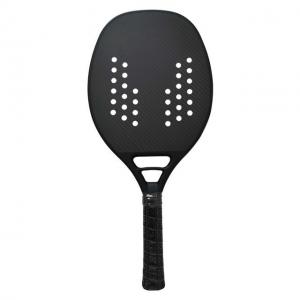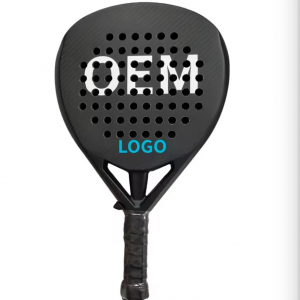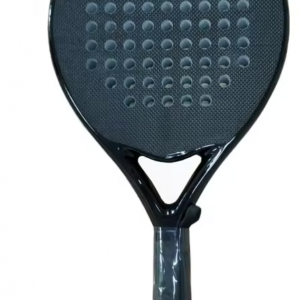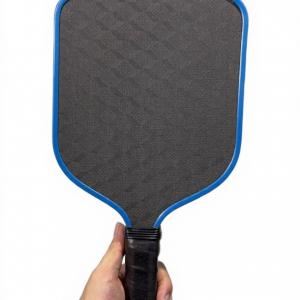Difference bettwen Glass fiber and carbon fiber
Glass fiber and carbon fiber are two common fiber-reinforced composite materials, and they have some differences in properties and applications:
Composition and structure: Glass fiber is a fiber formed by drawing molten glass, and its main component is silicate. Carbon fiber is a fiber made of carbon fiber precursors through carbonization and graphitization processes, and the main component is carbon.
Strength and Stiffness: Carbon fiber has higher strength and stiffness than glass fiber. Carbon fiber is several times stronger than glass fiber, and carbon fiber is also more rigid. This makes carbon fiber more suitable for some applications that require high strength and lightweight.
Density and Weight: Fiberglass is less dense and lighter than carbon fiber. Carbon fiber has a lower density but is denser than glass fiber. Therefore, carbon fiber can provide higher strength in the same volume, while reducing the structural load.
Corrosion resistance: Glass fiber has good corrosion resistance and can resist the erosion of chemical substances such as acid and alkali. The corrosion resistance of carbon fiber is relatively poor, and protective measures may be required for certain chemical environments.
Conductivity: Carbon fiber has good conductivity and can be used in electromagnetic shielding and conductive applications. Fiberglass is an insulating material and does not conduct electricity.
Cost: In general, carbon fiber is relatively expensive to manufacture and process, while glass fiber is relatively inexpensive. This is because the process of manufacturing carbon fiber is more complicated and requires high technical requirements.
To sum up, there are differences between carbon fiber and glass fiber in terms of strength, stiffness, density, corrosion resistance, and cost. Selecting the proper fiber material depends on specific application needs and requirements.




















